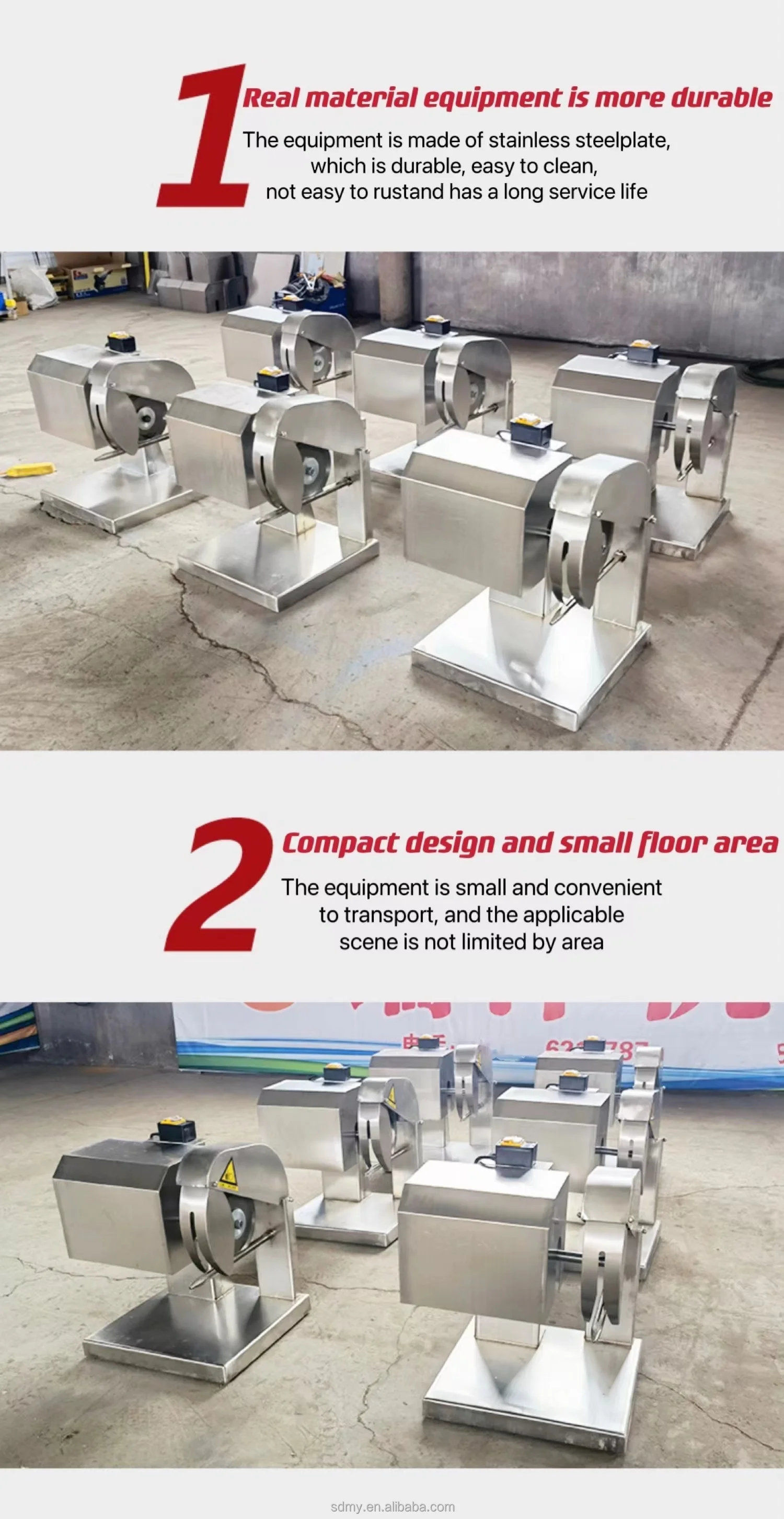cutting machine
Desemba . 22, 2024 11:28 Back to list
cutting machine
The Evolution and Importance of Cutting Machines in Modern Manufacturing
In today’s fast-paced manufacturing environment, cutting machines have become indispensable tools that significantly enhance productivity, precision, and efficiency across various industries. From textiles to metalworking, and even woodworking, the demand for cutting machines has increased exponentially as businesses seek to optimize their production processes and minimize waste. This article delves into the evolution, types, and applications of cutting machines, highlighting their pivotal role in modern manufacturing.
The Evolution of Cutting Machines
The journey of cutting machines began during the Industrial Revolution when manual cutting tools were replaced by mechanized devices. Early cutting machines were simple and primarily powered by steam or water. Over the decades, advancements in technology led to the development of more sophisticated machines, including band saws, plasma cutters, and laser cutting systems. These innovations not only increased cutting speed but also improved accuracy, allowing manufacturers to create intricate designs and components with minimal human error.
The introduction of computer numerical control (CNC) in the 1960s marked a significant milestone in the evolution of cutting machines. CNC technology allowed for automated cutting processes that could be programmed for precise operations, leading to greater consistency and repeatability in production. With the advent of CAD (Computer-Aided Design) software, designers can now create complex geometries, which the CNC machines translate into precise cutting actions.
Types of Cutting Machines
The cutting machine category is broad, encompassing a variety of tools tailored for specific applications
. Some of the most common types include1. Laser Cutting Machines Utilizing high-powered lasers, these machines can cut through various materials, including metals, plastics, and wood. They are renowned for their precision and ability to produce intricate designs, making them ideal for applications in the automotive and aerospace industries.
2. Plasma Cutting Machines Plasma cutting employs ionized gas to cut through thick materials, particularly metals. This technique is widely used in fabrication shops due to its speed and effectiveness, especially for materials like steel and aluminum.
cutting machine

3. Water Jet Cutting Machines By using a high-pressure jet of water, often mixed with abrasives, these machines can cut through hard materials such as stone, glass, and metals without generating heat, thus preventing any distortion in the material.
4. CNC Routers These machines are perfect for cutting wood, plastics, and composites. With the capability to perform complex designs, CNC routers are extensively used in the furniture and cabinetry industries.
5. Band Saws Ideal for cutting both curved and straight lines, band saws are versatile machines used in wood, metal, and plastics cutting. Their continuous band of toothed metal allows for smooth cuts and the ability to handle various material thicknesses.
Applications of Cutting Machines
Cutting machines find applications across many sectors. In the automotive industry, they are essential for cutting body panels, frames, and engine components with high precision. In aerospace, where tolerances are extremely tight, laser cutting machines are often used to create lightweight and complex parts that contribute to fuel efficiency.
The textile industry also benefits significantly from cutting machines. Automated cutting systems can rapidly process large fabric rolls, reducing waste and increasing throughput. Even in the construction sector, cutting machines are used for precision stone cutting, making custom fittings and finishes possible.
Moreover, cutting machines have a profound environmental impact; their efficiency often leads to less material waste. As industries strive for sustainability, the precision of cutting machines enables better resource management, aligning with eco-friendly practices.
Conclusion
In conclusion, cutting machines have transformed manufacturing processes, allowing for unprecedented levels of efficiency and precision. As technology continues to evolve, we can expect further advancements in cutting methods and machinery, promising even greater improvements in productivity and sustainability. The importance of cutting machines in modern manufacturing cannot be overstated, as they not only help businesses meet the growing demands of quality and efficiency but also position them for success in an increasingly competitive landscape. As we look ahead, embracing innovation in cutting technology will be pivotal for industries aiming to thrive in the future.
-
High Performance Exhaust Fan – Efficient Ventilation Solutions for Home
NewsJun.10,2025
-
High-Quality Gestation Pen for Sows Durable Mobile Pig Pen & Simple Pig Pen Solutions
NewsJun.10,2025
-
High Quality Rabbit Cage Double Tier Designs & Welded Wire Mesh Supplier
NewsJun.10,2025
-
Floating Fish Feed Machine - High Efficiency Floating Fish Feed Extruder for Small Scale Production
NewsJun.10,2025
-
Premium Poultry Housing Solutions Mobile & Commercial Free Range Options
NewsJun.10,2025
-
Industrial FRP Fans Corrosion-Resistant Blades & Centrifugal Systems
NewsJun.09,2025






